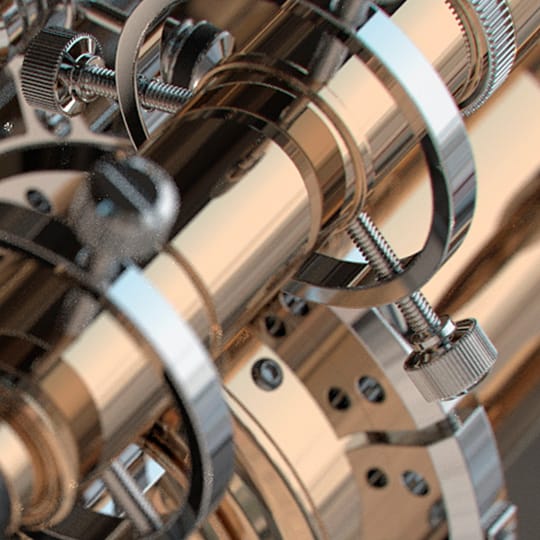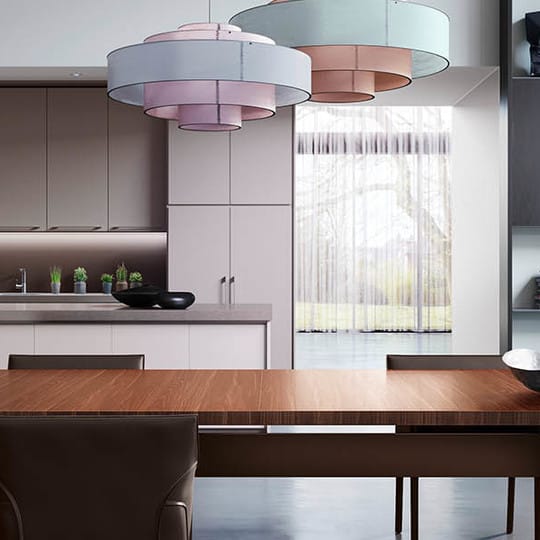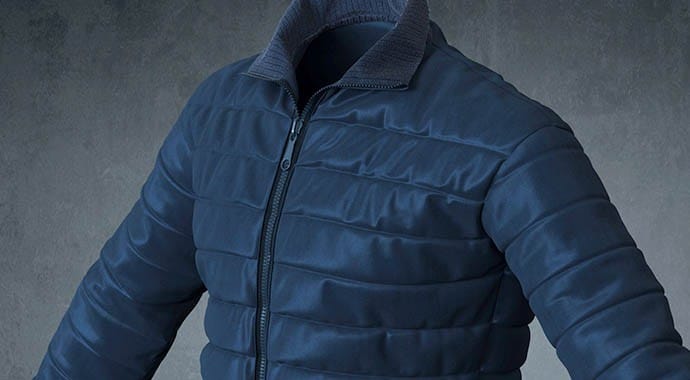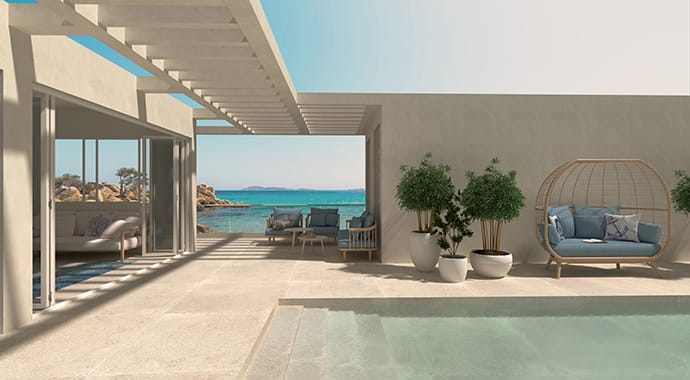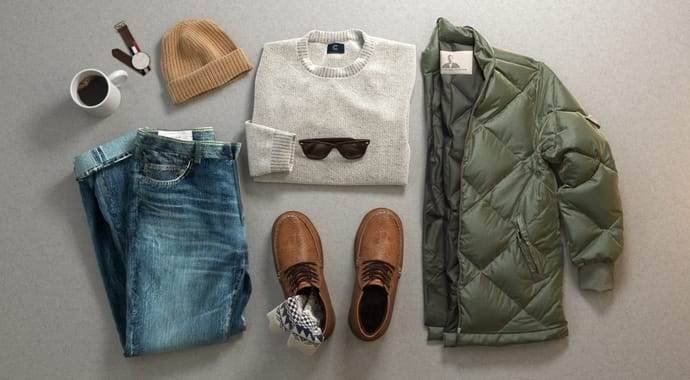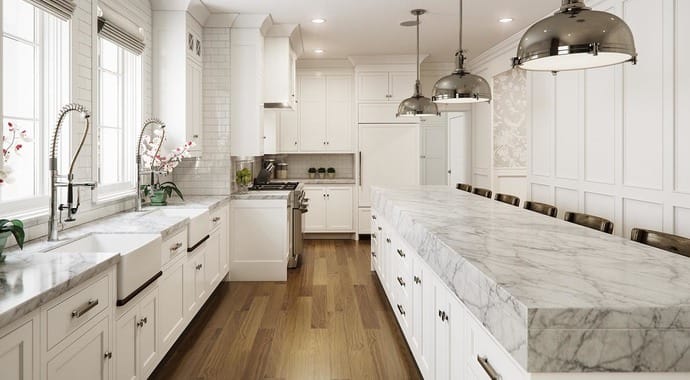 © Hubert Kropinski
© Hubert KropinskiBrowzwear
Company Overview
Browzwear’s pioneering 3D solutions for apparel design, development, and merchandising are the key to a successful digital product lifecycle. Through the power of beautiful, true-to-life 3D, designers, developers, production, and marketing can now collaborate effectively to get creative products to market faster than ever before.
Product Descriptions
With VStitcher, designers can design garments through size ranges, leverage graphics, fabrics, trims, colorways, styling, and photorealistic 3D rendering. And with V-Ray integration, users can simultaneously generate ray traced rendering and make adjustments to their garments.
For a workflow based on carryover styles, use Lotta to create new styles with a variety of design lines, graphics, fabrics, trims, colorways, and more. Thanks to V-Ray integration, it’s easy to generate ray traced rendering while working on garments.

